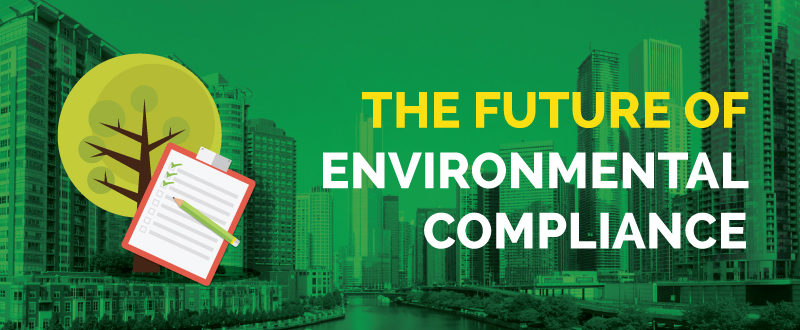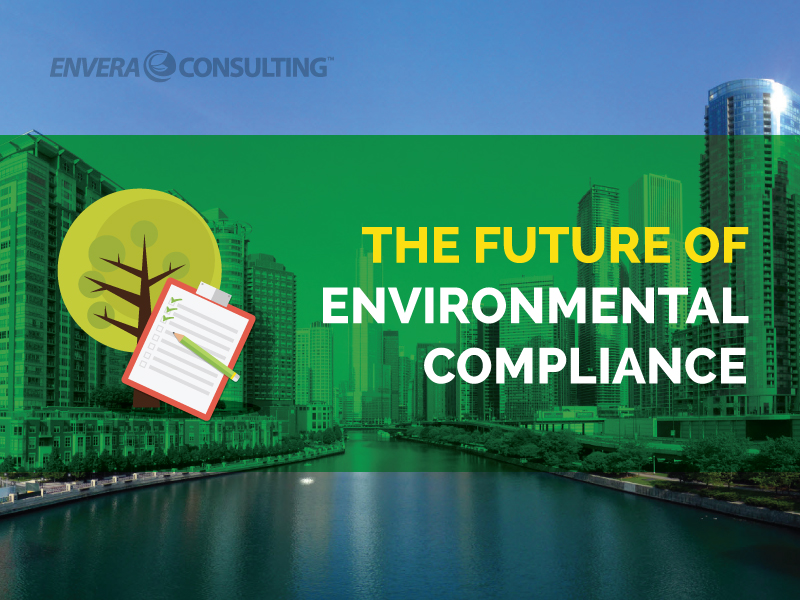

I was recently asked what I thought about the future of environmental compliance, and my response was simple: The future lies in intelligence.
It wasn’t too long ago that we were using paper charts to monitor process data. Back in those days, we would use a pen to draw the trend line of a process onto a chart. We would then be responsible for collecting the data, ensuring that the pen didn’t run out of ink, and making certain we replaced the chart at the end of the week.
We then moved to electronic data-logging, in which a computer collects data and stores it on a server to download when needed. Shortly after that, we moved to enterprise resource planning (ERP) systems, where everything was done electronically, the data was freely available to anyone with access to the system, and we could see anomalies in the data.
In other words, simply collecting data is not going to be enough. We’re going to need to extract information from that data in order to comply with new rules and regulations.
For example, we see regulations like the EPA’s refinery fenceline regulations, the Bay Area AQMD’s refinery emission tracking rules, and the AQMD’s ambient monitoring requirements for metal forging facilities.
We also see initiatives like the EPA’s next generation compliance framework, which incorporates “advanced emissions/pollutant detection technology so that regulated entities, the government and the public can more easily see pollutant discharges, environmental conditions and noncompliance.”
However, the impetus for this shift may not be coming from regulatory agencies alone.
It may come from the advancements in consumer technology, since the increasing number of low-cost air-monitoring sensors on the market can equip almost anyone with the tools needed to collect ambient data outside the fenceline of a facility. (More about this here.)
With these points in mind, you can see how we may soon get to a point where any environmental impacts identified at the fenceline of an operation will be too late since:
- It could be a violation based on the new rules and regulations or
- It could cause a risk (maybe a tort-like risk) because the community may have the ability to collect its own data about any possible environmental impacts of the facility
In short, there seems to be an increasing demand to gather intelligence about how facilities impact their surrounding areas, and that will require more sophisticated methods than merely collecting data.
Industrial facilities are sitting on huge piles of data, whether it be electronic- or paper-based. But to gather the necessary intelligence, we need to understand the impact of an operation on its surroundings. We’ll then need to turn that data into knowledge — and that’s where the advancements in machine learning and artificial intelligence can help.
For example, I foresee a case where we could use a machine-learning model that analyzes changes in process data (that we already have) or data from local air monitors inside of a facility (that could be low-cost to install) to predict if and/or when an upset condition at the fenceline could occur. Once we have that information, we could then make changes to the process to prevent any potential impacts at the fenceline.
And so, I believe the future of environmental compliance will lie in our ability to use existing process data to acquire the intelligence needed to know how the operation impacts the environment. The necessary technology is already available.